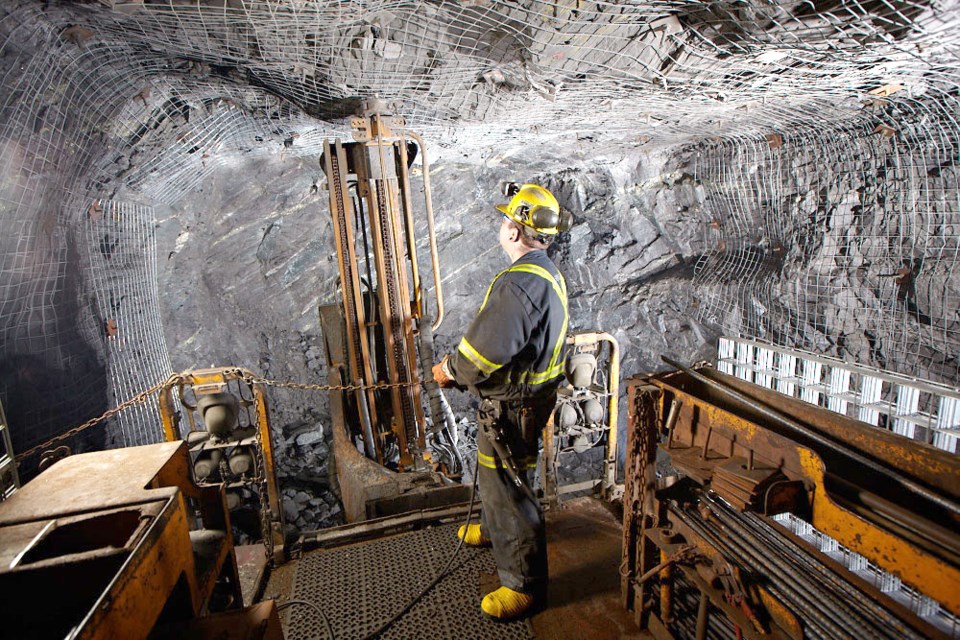Hudbay expected to resume hoisting ore at the Lalor mine last week following repairs to a faulty industrial container.
On Sept. 27, a container hoisting ore to the surface – known as a skip – came detached from its cable and plummeted back down the shaft.
“The repairs are almost completed,” Brad Lantz, head of Hudbay’s Manitoba operations, said last week. “They are in a re-commissioning phase for the repaired system now, and we expect to be hoisting ore by Thursday or Friday of (last) week.”
The final investigation report into the incident is still not complete, Lantz said.
The mishap temporarily ended the movement of all Lalor ore to the surface.
Then, after learning that it would not impact a lucrative tax credit, Hudbay began trucking the ore to surface using the ramp system at the adjacent, now-defunct Chisel North mine.
It hasn’t been a painless process for Hudbay.
“The impact of the incident has had some effects to the Lalor operations,” Lantz said, “and the extent of this will be determined when all repairs are completed.”
There were no injuries in the skip mishap, and Lantz said there wasn’t really the potential for any.
He previously called the mishap “very unusual” and “a fairly significant incident.”
The skip used in the Lalor shaft hoists about eight tons of ore at a time.
The equipment was owned and operated by Redpath Mining Contractors and Engineers, which has a contract to perform work at Lalor, located near Snow Lake.
After the mishap, workers continued to stockpile ore underground and the Snow Lake mill continued to process ore that had already been stored on surface.
There had been some concerns that the mishap would lead to the temporary closure of the mill, but that was averted when Hudbay got the go-ahead to truck the ore.
To do that, Hudbay had to be sure it would not jeopardize the roughly $40-million tax credit it is owed by opening Lalor as a new mine.
During the second quarter of this year, Hudbay hoisted 106,723 tonnes of ore from the ventilation shaft at Lalor.
Ore production at Lalor is expected to transition from the ventilation shaft to the main production shaft by the second half of 2014, subject to regulatory approval.




